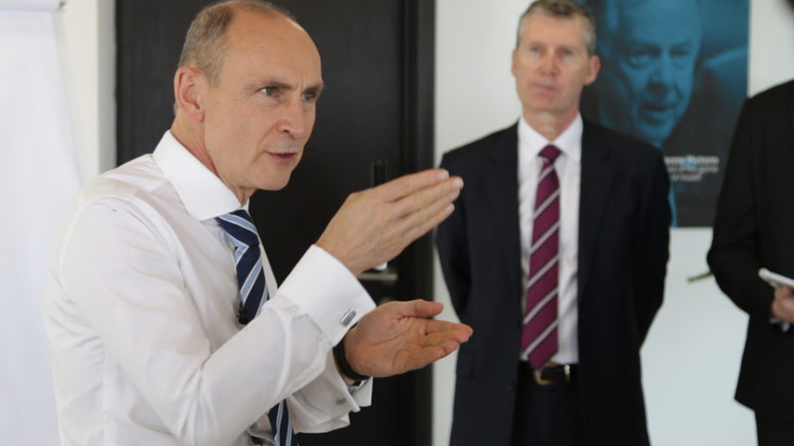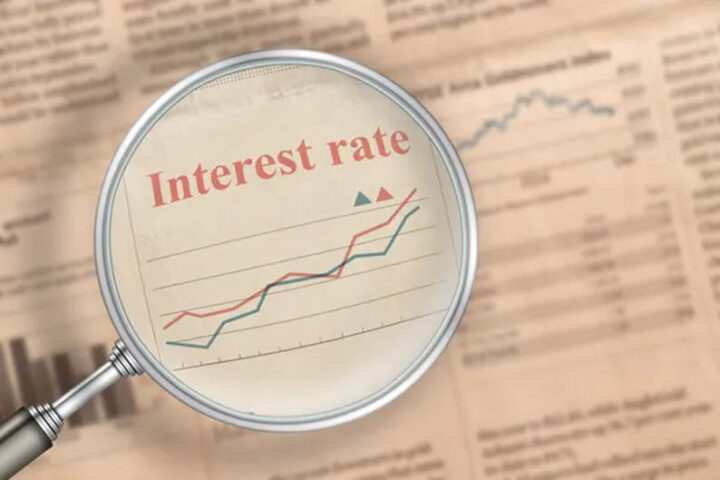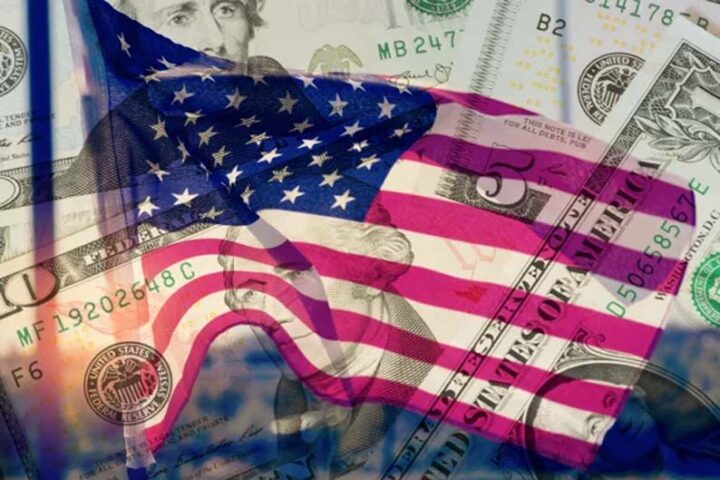US banks continuing to increase emergency loans from the Federal Reserve will hinder attempts to cool inflation, giving the central bank more reason to continue interest rate hikes.
Nigel Green, the CEO of deVere Group, warned that new data shows that banks’ demand for loans from the Fed increased for the second consecutive week.
The US central bank now has provided more than $155.2 billion in loans to financial institutions through two backstop lending programmes since the string of bank collapses in March.
“The $25 billion Bank Term Funding Programme, which offers banks loans of up to one year, is surely going to turn out to be inflationary,” the deVere chief executive said.
“It’s increasing the balance sheet of the Federal Reserve at a time when it’s supposedly intent on trying to reduce it.
“The emergency borrowing programme is, essentially, another form of quantitative easing, which, as we know, adds to inflationary pressures.”
Ongoing stress
He added that the increase in demand for loans from financial institutions demonstrates ongoing stress in the US financial system.
“This, together with the inflationary consequences of the emergency programme, are likely to give the Fed more reason to continue with its tightening campaign, despite weaker-than-expected GDP data, which has some investors betting that the central bank could soon wrap up its current agenda.”
Earlier this week, Nigel Green said in a statement that he expects the Federal Reserve will raise interest rates once again at its upcoming May meeting and that this is likely to cause jitters in the market as some investors, concerned about short-term profits, will move into panic-selling mode.
“Furthermore, they will have legitimate concerns that further rate hikes now – when monetary policy time lags are notoriously long – could steer economies into a recession.”
The time lag in monetary policies is very high. Economists estimate interest rate changes take up to 18 months to have the full effect. This means monetary policymakers need to try and predict the state of the economy for up to 18 months ahead.
Green concluded: “The latest data showing banks increasing their emergency borrowings will give the Fed more excuse to continue with their tightening next week.”








